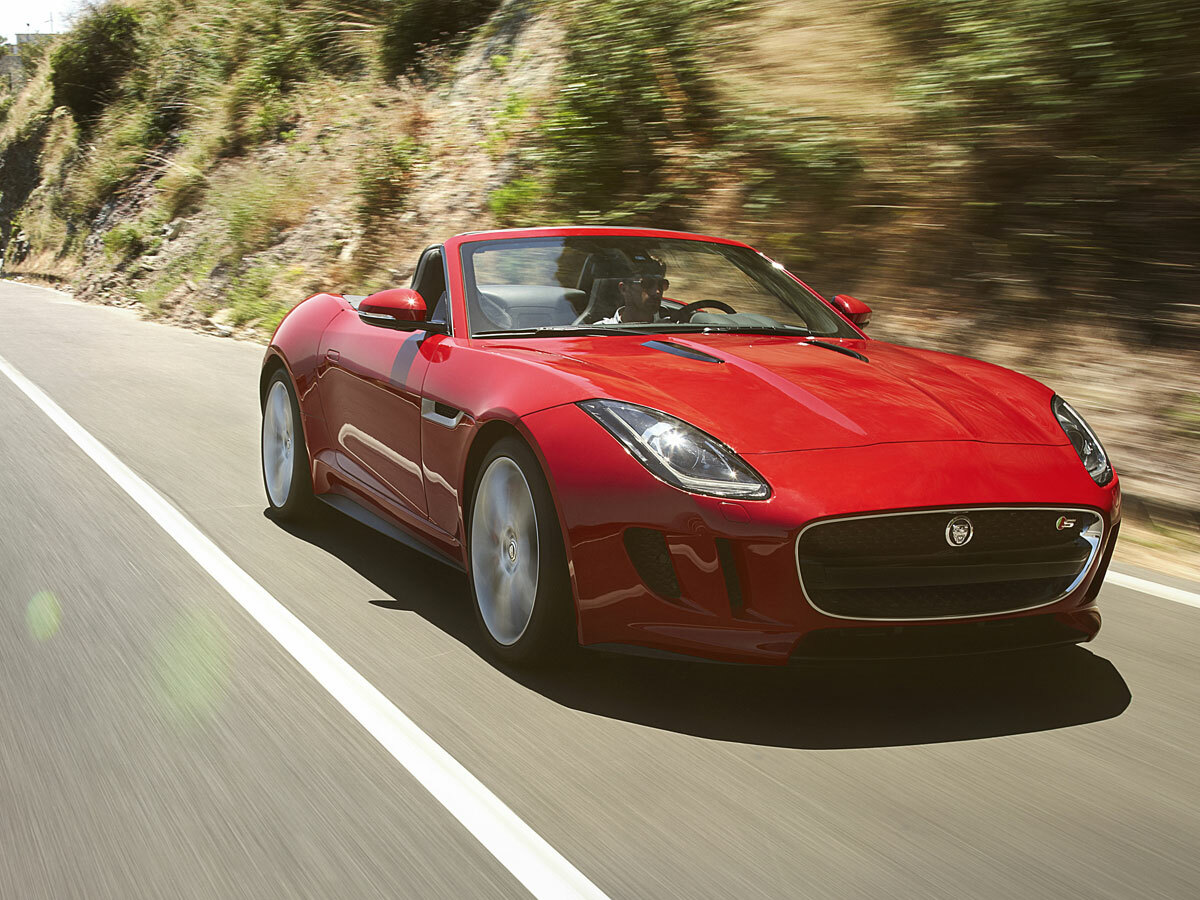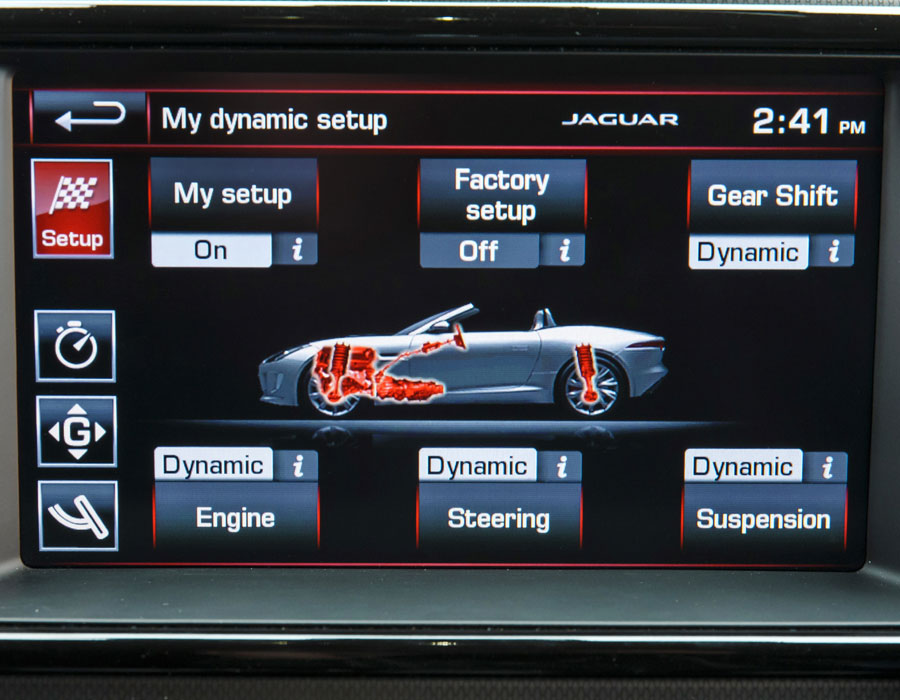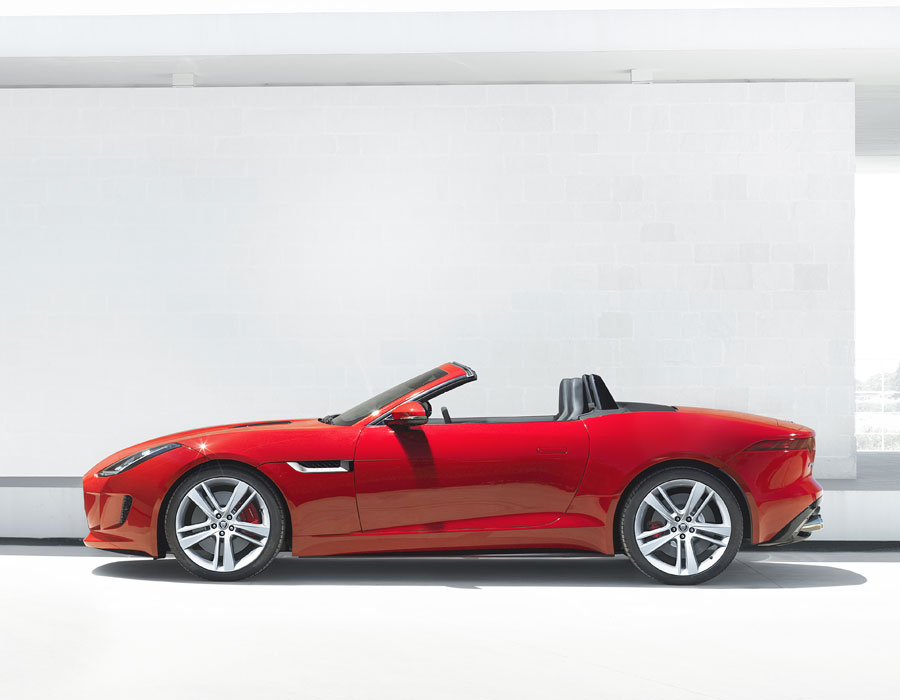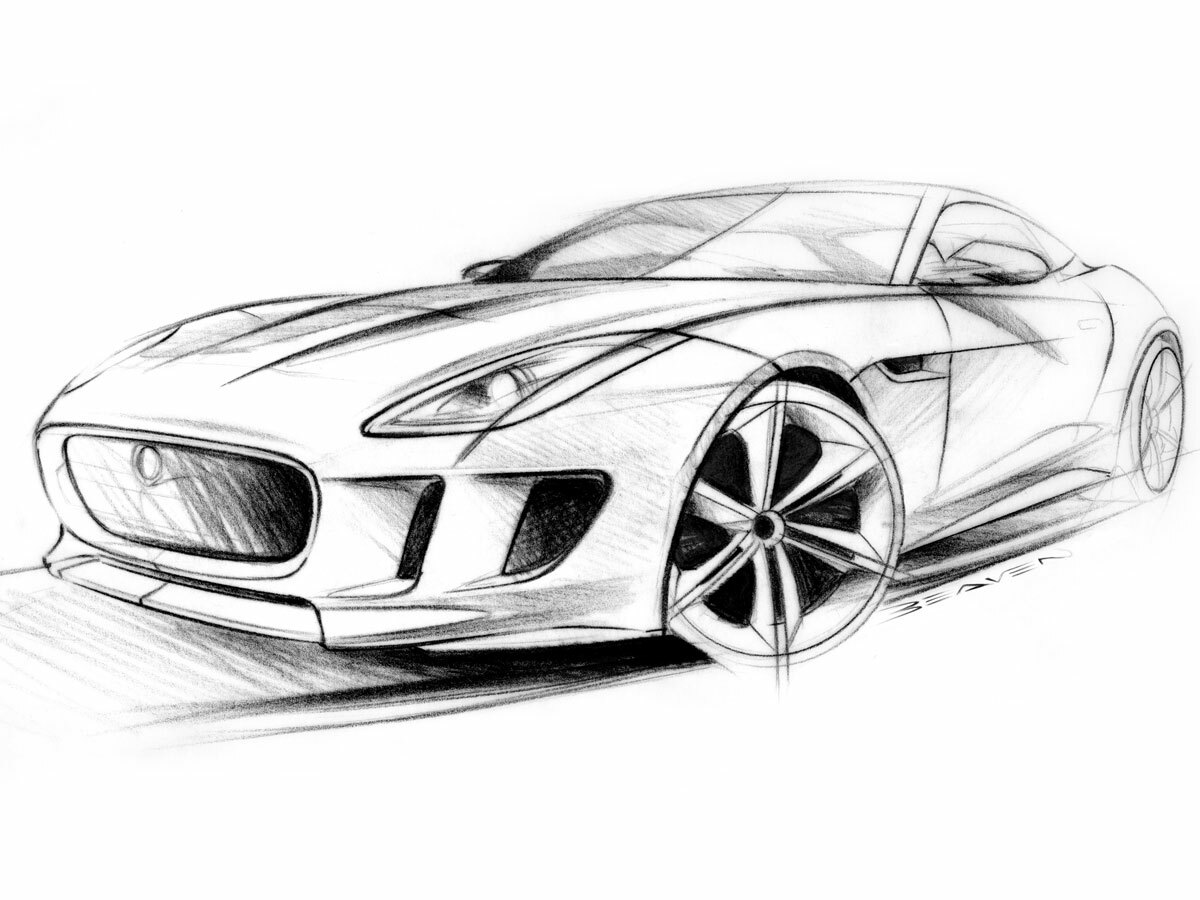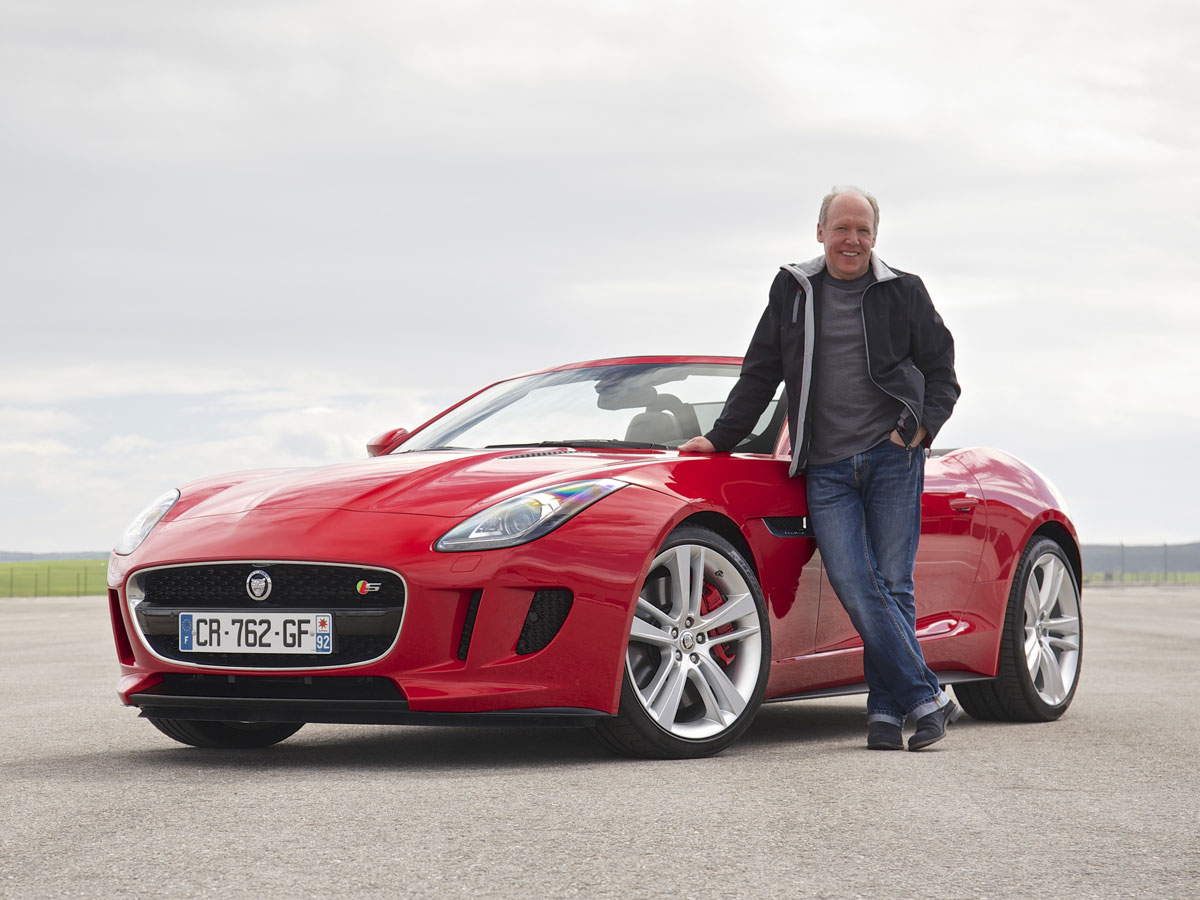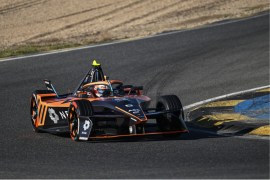F-Type: how Jaguar reinvented the British sports car
Jaguar's design chief lifts the lid on the development of the company's iconic new convertible
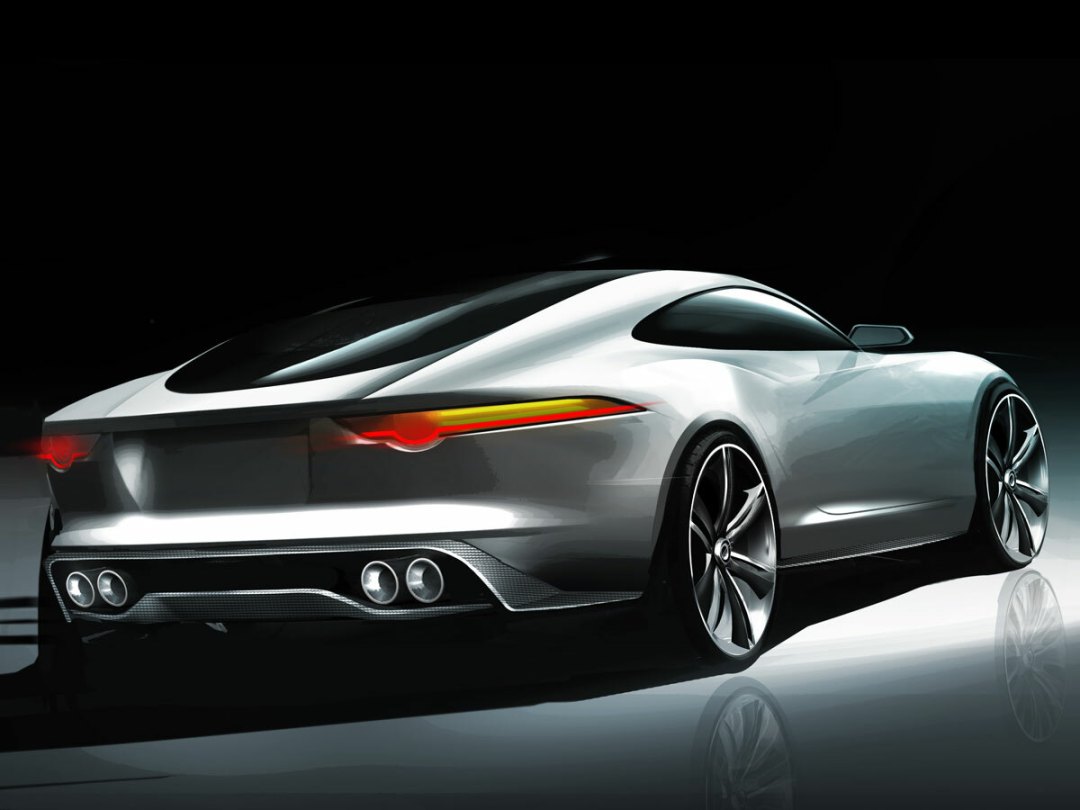
It says a lot about Jaguar’s status in the canon of cool that even introducing the F-Type to the UK in its spiritual home of Coventry didn’t damage its rep.
That’s because this (currently) convertible-only successor to the legendary E-Type is powered by either a V6 or a supercharged V8, maxing out at a top speed of 186mph and a 0-60 time of 4.2 seconds.
But, tasty as those figures are, it’s the Jaguar badge on the front that makes this car so special. It’s racing at Brooklands; film stars and footballers; Kim Novak’s Jag MK VIII in Hitchcock’s classic Vertigo. It’s a new, Great British sports car from an iconic British brand. And even a trip to Coventry can’t cripple that.
The spirit of the E-Type
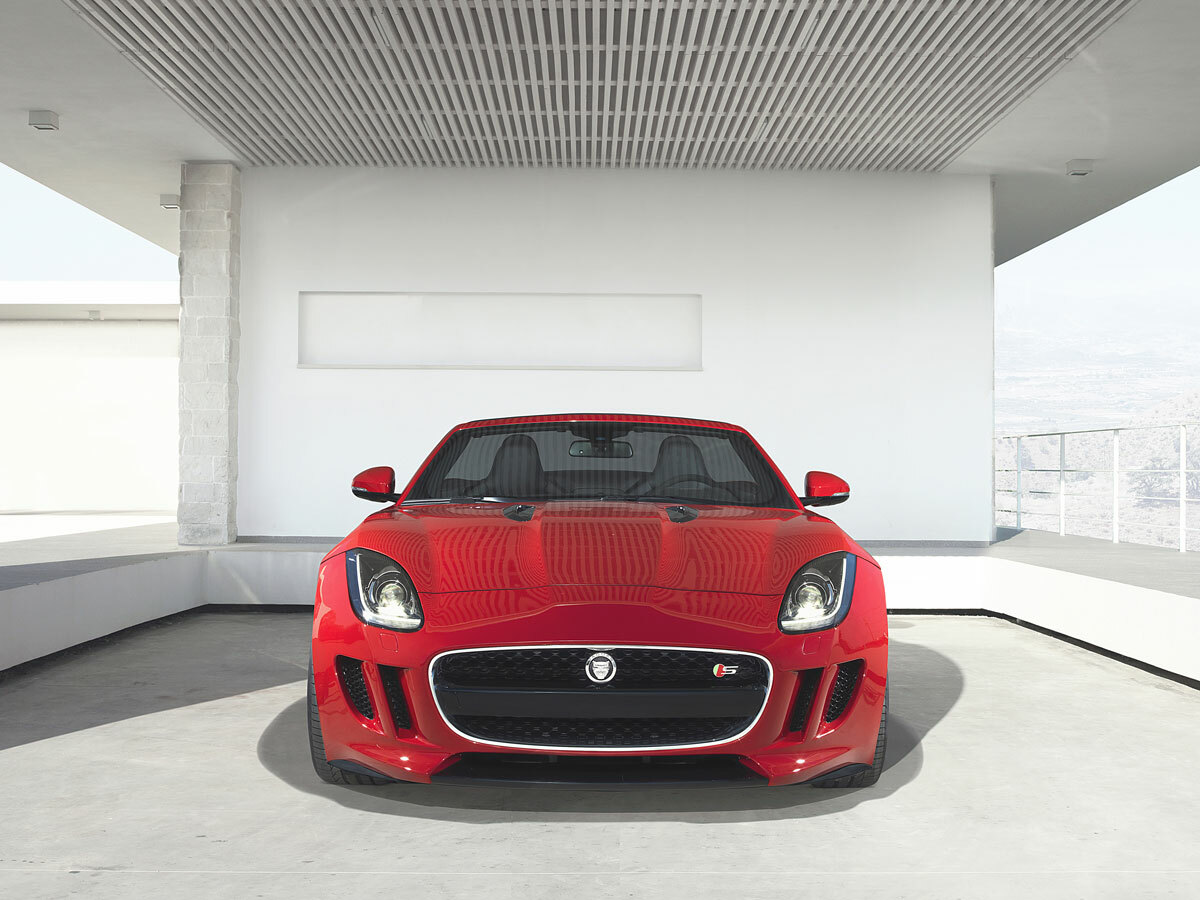
As Jaguar’s Director of Design Ian Callum explains, the E-Type loomed large during the F-Type’s development – even if it wasn’t there in the flesh.
“A lot of people ask me if we had an E-Type in the studio while we were designing the F-Type, and the answer is no. We didn’t need one. It’s so entrenched in our memories. The thing about the E-Type is that it’s about a power train and two people, and it’s about pulling a skin tightly and elegantly around those components. Those things haven’t changed.”
A break from the past
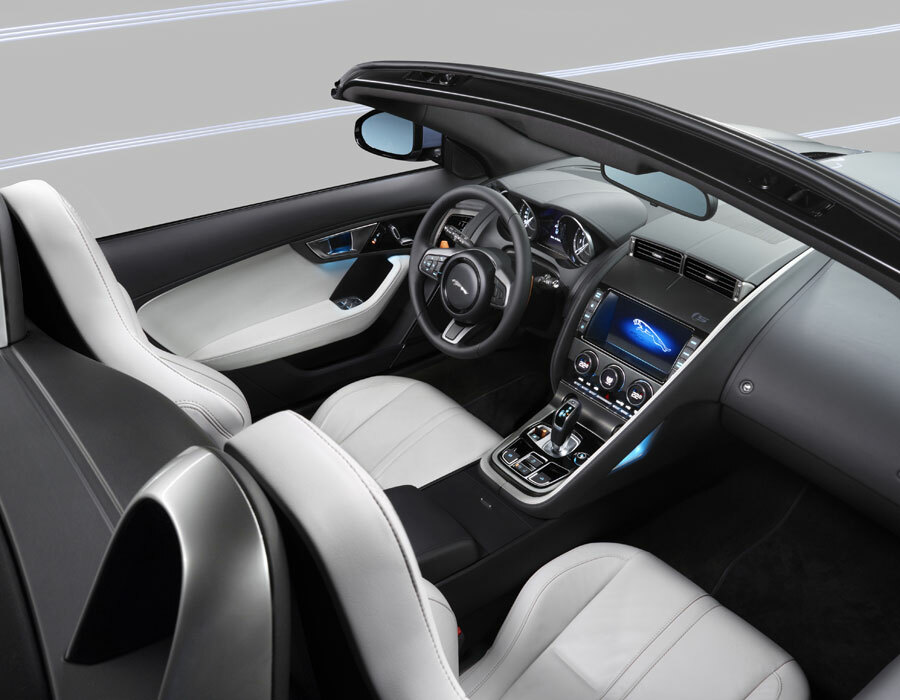
The F-Type is, without a doubt, the E-Type’s spiritual successor. And yet, Callum tells us, the new car needed to break free from the past and make its own mark. That meant it couldn’t resemble its ancestor too closely.
“One or two details have been taken from the E-Type, such as the shape of the rear lights. We did consider the oval front grille from the D-Type and E-Type. It’s a very beautiful shape, but we decided to make it more forceful, so we evolved what we’d been doing with the XF and the XJ, which was inspired by the original XJ.” The E-Type’s main contribution, says Callum, is the “beauty of line, purity of surface and great proportions”.
Details: keeping it sleek
To keep the bodywork sleek, the door handles fit flush until you either unlock the car or press a touch-sensitive area on the handle. The handles retract again when you start moving.
Tightly wrapped
The aim was to keep the car as compact as possible while maintaining those visually arresting proportions. “We set out the proportions for the F-Type by knowing the engine, knowing the capacity we need for two people and some luggage, and wrapping it up as tightly as possible. We eliminated the overhang at the front, at least visually; made sure the cabin is sat in the right place relative to the wheels; made sure the overhang at the back is as exciting as we can make it. In other words, we made it as short as possible.”
The level of precision is astonishing: “We work millimetre by millimetre at this stage before we design any lines, surfaces or details until we get those fundamental proportions that make the car visually exciting.”
As important as the visual impact of the car is, Callum tells us that there are two laws you can’t change: the law of physics and the law of Brussels. “There are so many elements we have to consider, so many safety regulations we have to adhere to. Pedestrian protection determined much of the final bonnet shape, for instance.”
Details: Dynamic Mode
Pushing the magic button for Dynamic Mode sharpens everything up. You get better throttle response, more precise steering and quicker gear changes. It’s all tweakable via an 8in touchscreen which also controls the stereo and sat-nav.
“A pencil and some paper”
The Jaguar F-Type is a cutting-edge, technologically advanced car, of course – you wouldn’t want to pay upwards of £58,000 for anything less – but what makes it so appealing, so desirable, so special is its link to the past, to what many consider the true golden age of motoring. And it’s not just in the name and the Jaguar heritage – it’s in the very way it’s conceived: a couple of pencilled lines arcing across a sheet of paper. We’ll leave the last word to Ian Callum:
“There are two lines on this car that are very important. One starts off from an aerodynamic blade on the front splitter, sweeps up through the headlight, on through the front wing and door and then disappears. When a line on the car vanishes into the sheet metal like that, I like to describe that as the pencil coming off the paper. Part of the beauty of any line is that it has to contain the spontaneity of the original sketch. Of course, we go through any number of iterations on computers, but we always still start with an intuitive, sketched line.”
The Jaguar F-Type is available from £58,520.
